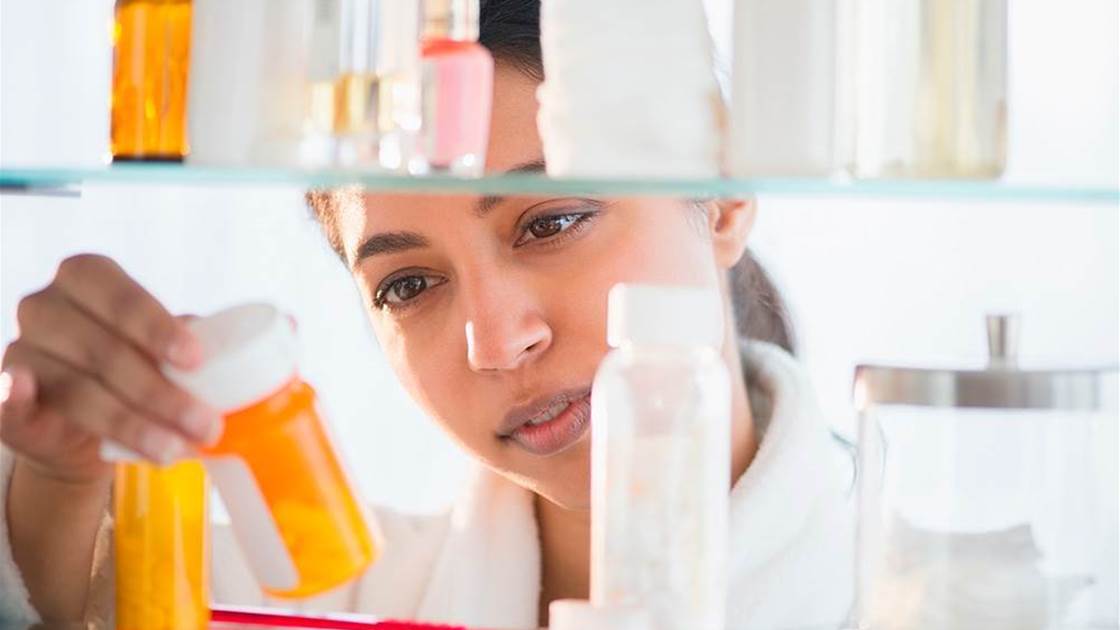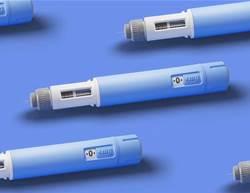Watch out for these common items that could put you and your family at risk.
That little storage unit above the bathroom sink is home to a slew of our everyday essentials, from tweezers to Tylenol. Turns out, though, that quite a bit of what we keep behind those closed doors might be harmful to our health. Here’s the scoop on what may pose a risk and what to do to sidestep trouble.

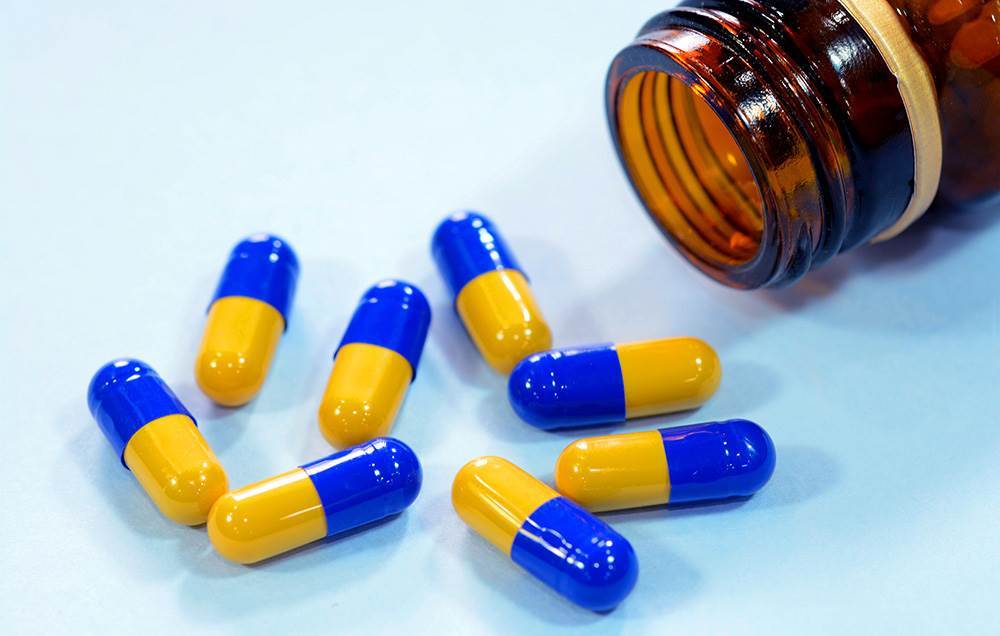
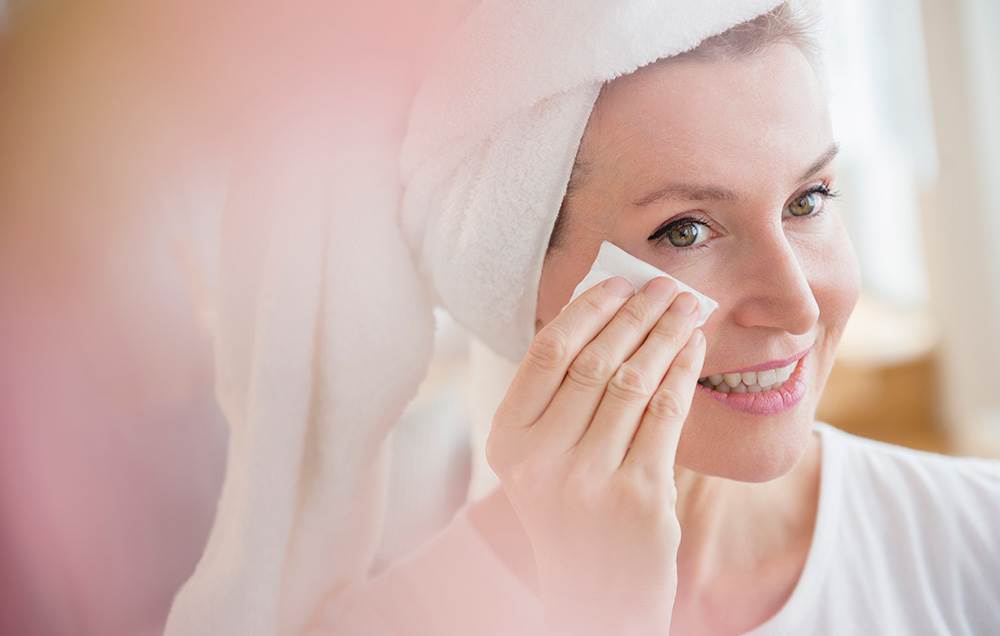
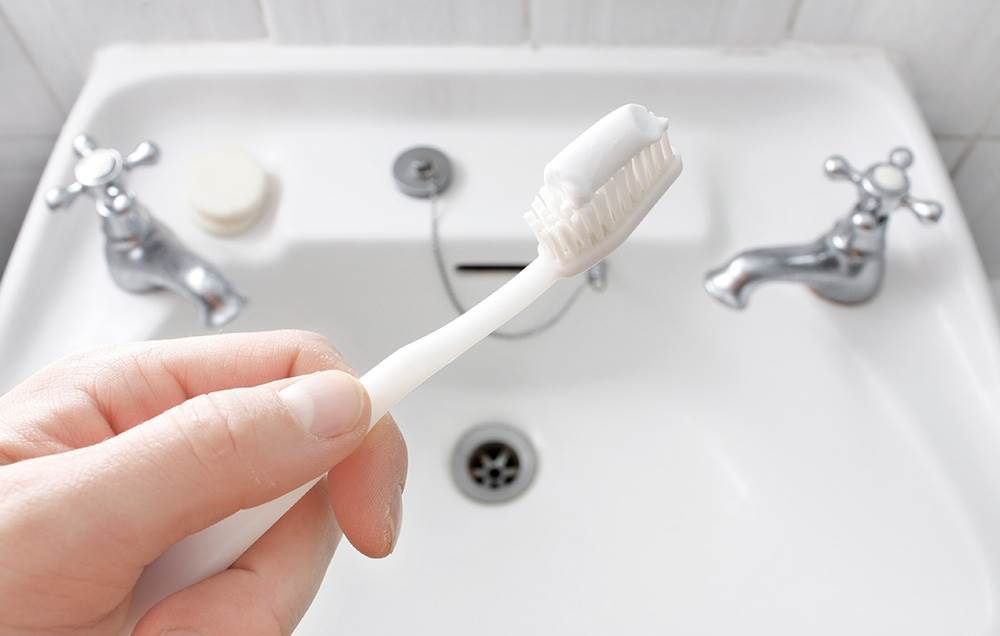
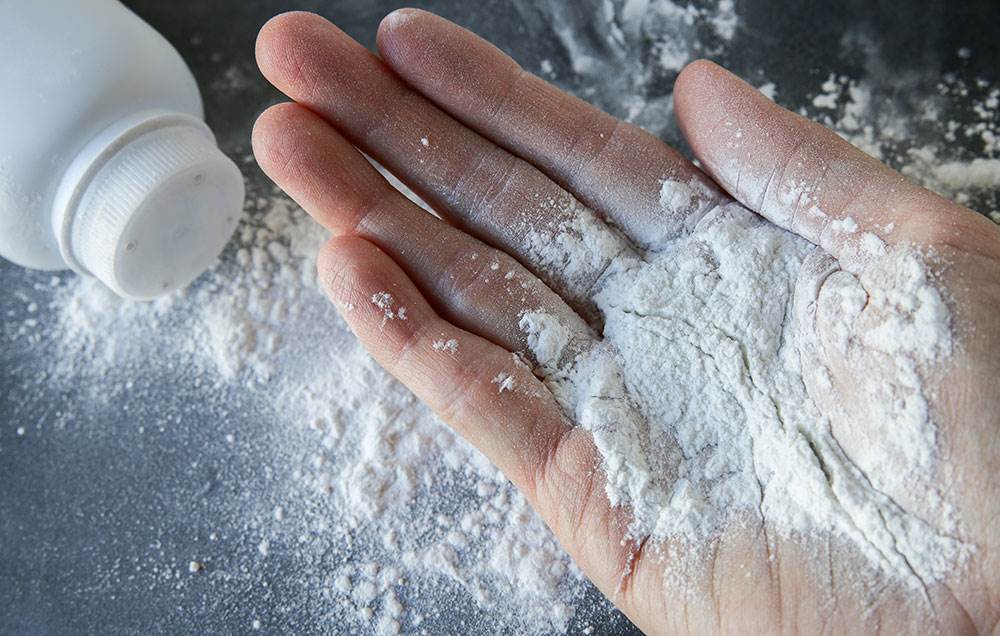
Toothpaste and mouthwash
A host of medicine cabinet staples—including oral-care products, nasal sprays, eye drops, lotions, lozenges and even spermicidal sponges—contain ingredients called quaternary ammonium compounds, or “quats,” which a new study found can inhibit the mitochondria, the powerhouses of cells that help deliver energy. “This raises concern because exposure to other mitochondrial-inhibiting drugs is associated with an increased risk for Parkinson’s disease,” says Dr Gino Cortopassi.
Another worry about quats, which are also used in personal-care products like cleansers and conditioners to impart a slippery feel to hair and skin, is that they interfere with the function of oestrogen in cells, so they might affect fertility. (Other research has shown that quats cause reproductive problems, at least in mice.)
More research is needed, but for now it might be wise to opt for products that are quat-free. There are many different types and not all of them have “quat” in their name, but if you see ingredients that end in “ammonium chloride” on the label it's safest to steer clear.
Leftover meds
Holding on to prescription meds that you didn’t take might seem prudent. After all, "waste not, want not," right? But when it comes to antibiotics and pain medication, hoarding pills is a bad idea.
For starters, antibiotics are usually prescribed in 7- or 14-day courses that should be completed for the drugs to be most effective, so you're not supposed to have any left over! Yet a recent survey found that 14% of people have antibiotics stashed at home and 25% said they'd use them in the future without talking to their doctor. Such misuse contributes to the development of antibiotic-resistant “superbugs,” not to
mention that it might not be the right treatment for whatever is later ailing you.
People also seem to have spare pain meds in their medicine cabinets. In a new review, researchers found that a substantial majority of patients used only some or none of the opioids prescribed after surgery. That might be okay, save for the fact that more than 90% of people failed to dispose of the leftover pain meds in recommended ways (most kept them in unlocked compartments like medicine cabinets).
So what’s the best way to deal with unused medicine? Experts recommend bringing it to a “take-back” event or mixing it with kitty litter in a plastic bag and throwing it away. (Avoid flushing meds down the toilet, because they can get into our waterways.)
Wipes
Many skin and hair-care products, particularly disposable wet wipes like baby wipes and makeup removal wipes, contain the preservative methlisothiazolinone, or MI, which has been linked to a dramatic rise in allergic reactions that resemble poison ivy. To further complicate matters, many cosmetics marketed as “gentle,” “sensitive,” “organic,” or “hypoallergenic” often contain MI.
The good news is that a growing number of products are now MI-free, says Dr Megan Jean Schlichte. Some brands she says are doing a good job of avoiding this preservative include Aveeno, CeraVe, Neutrogena, and Vanicream.
Schlichte recommends checking the ingredient listing on all personal-care products to avoid common allergens like MI and the preservative mixture MCI/MI, as well as formaldehyde, fragrance and quaternium-15. This scrutiny is particularly important for people with eczema or who have impaired skin barriers due to age or underlying skin disease, she says. Keep in mind, too, that allergic reactions can take time to develop, so you might not have a reaction until you've been exposed to the offending ingredient several times.
Toothbrushes
Keeping your toothbrush inside your medicine cabinet is a dental do: Flushing the toilet can disperse microbes far enough that they settle on other bathroom surfaces, including the sink and your bristles. A definite don’t? Using a brush that’s past its prime. It is recommended to replace your toothbrush every three to four months, or more often if the bristles are visibly matted or frayed.
One study found that people who used toothbrushes for 70 days had substantially more plaque on their teeth compared to those whose brushes were 40 days old. Worn bristles simply don't remove this sticky film as well, which can raise your risk of tooth decay and gum disease.
Talcum powder
The decades-long debate about whether powder that contains the mineral talc causes ovarian cancer roared back into public consciousness recently after a court awarded damages to the family of a woman who died of ovarian cancer, allegedly as a result of using talc as a feminine hygiene product for many years. Legal wrangling aside, scientists still aren’t sure that talcum powder causes cancer.
If talc poses any risk, it would be very small—but why take the chance? It's easy to swap a talc-based powder for one that's formulated with cornstarch.
